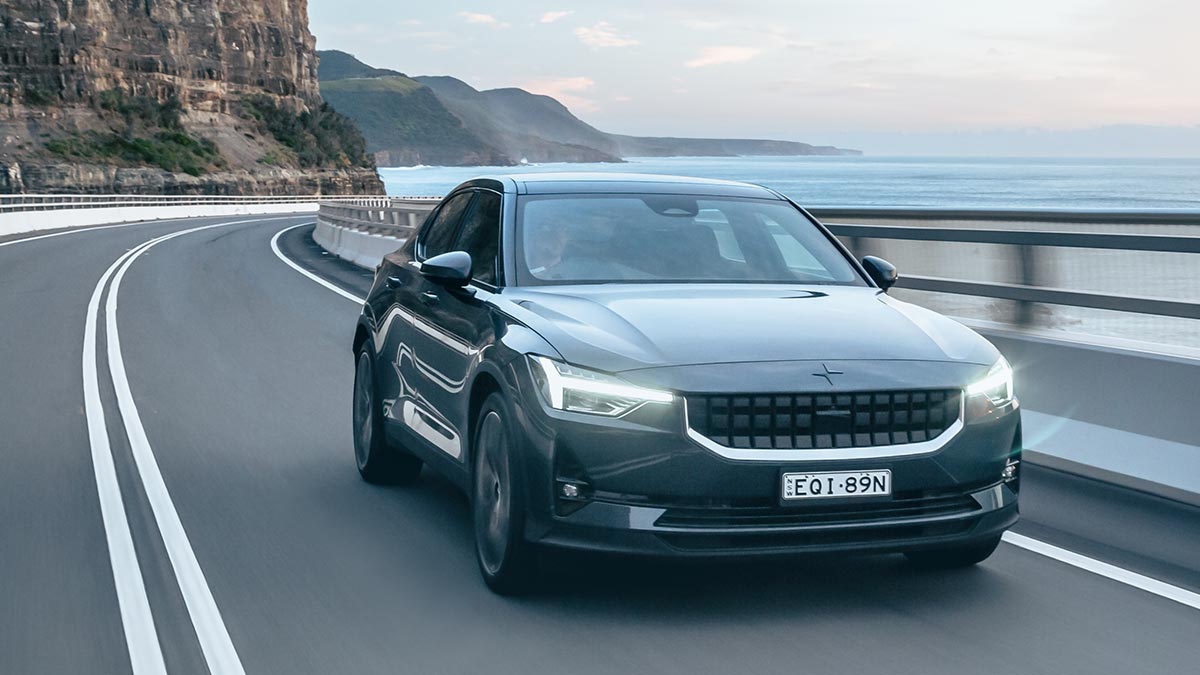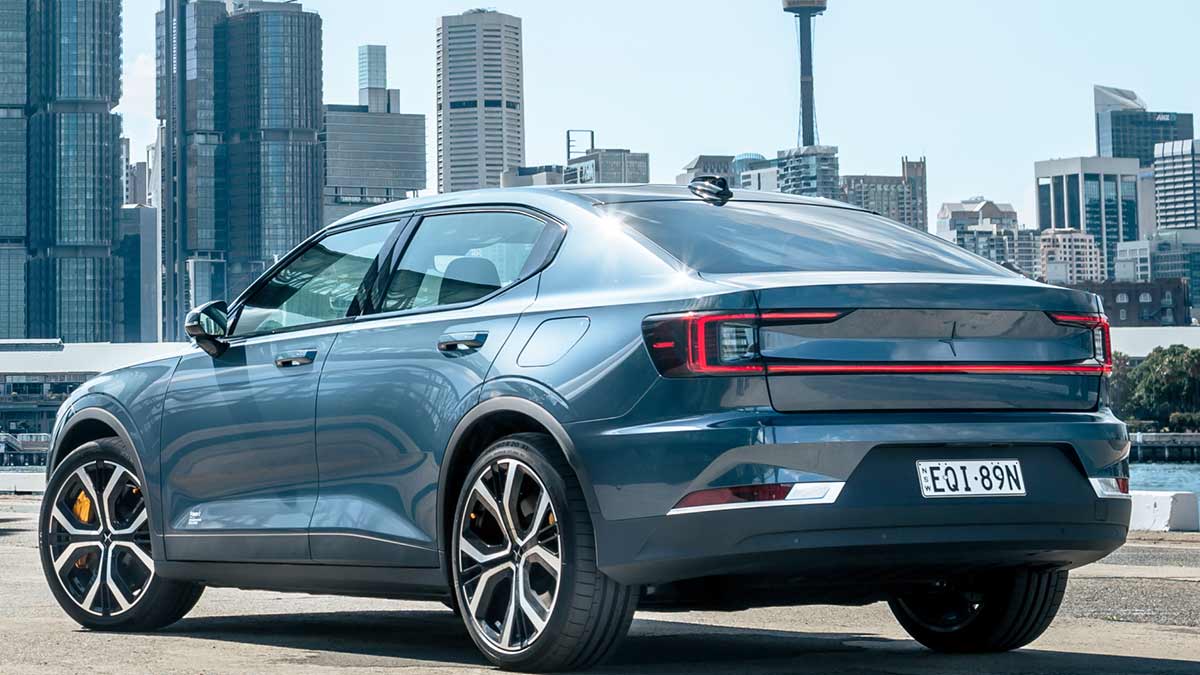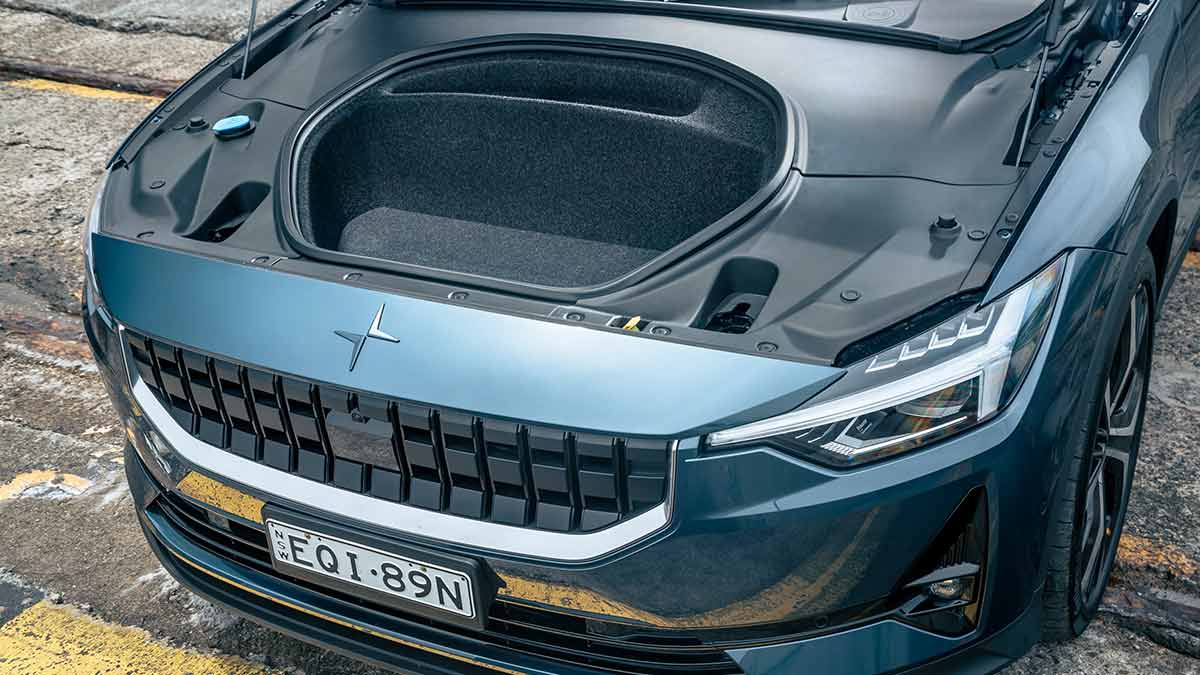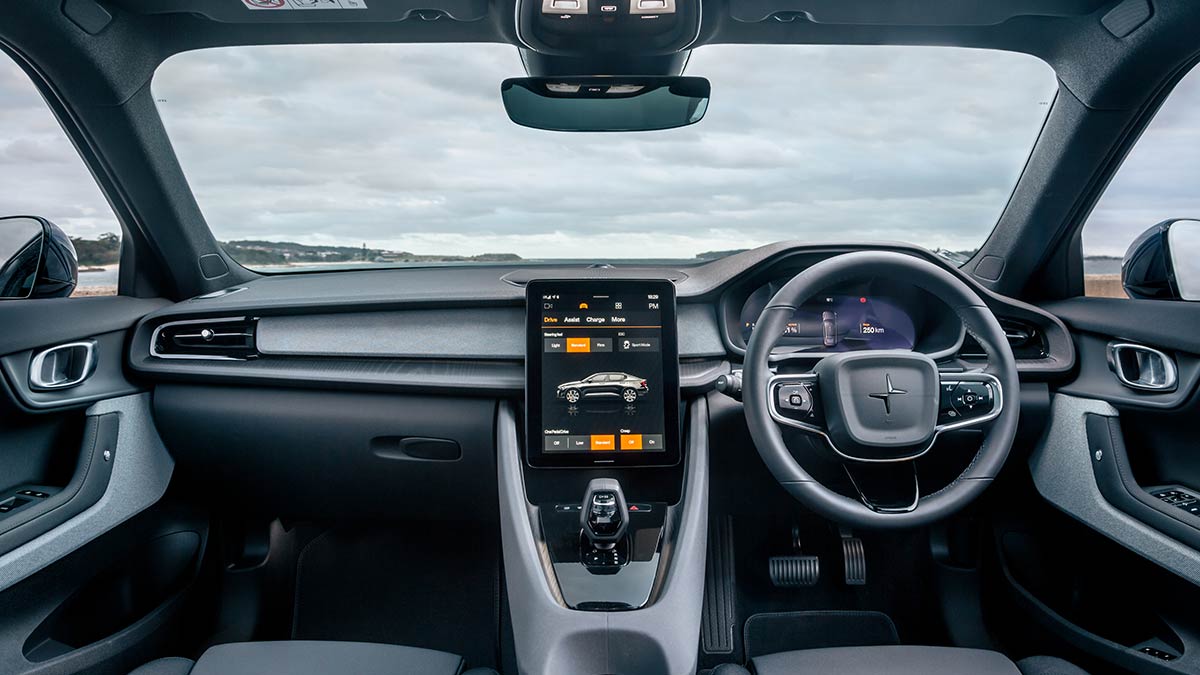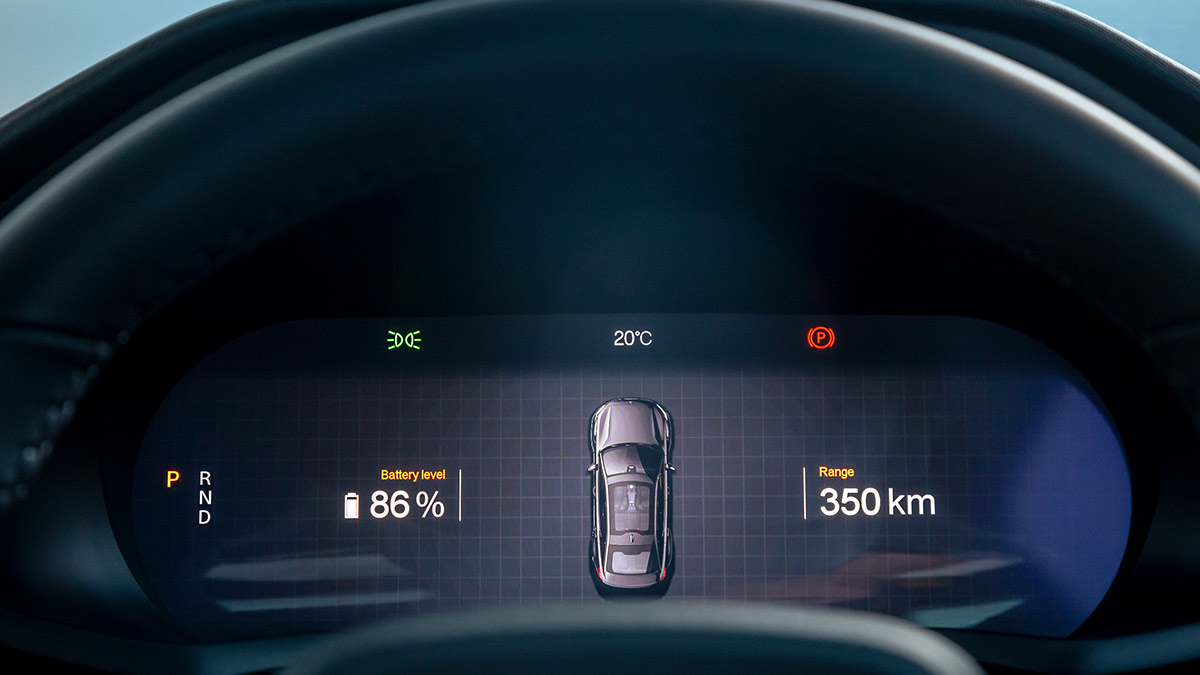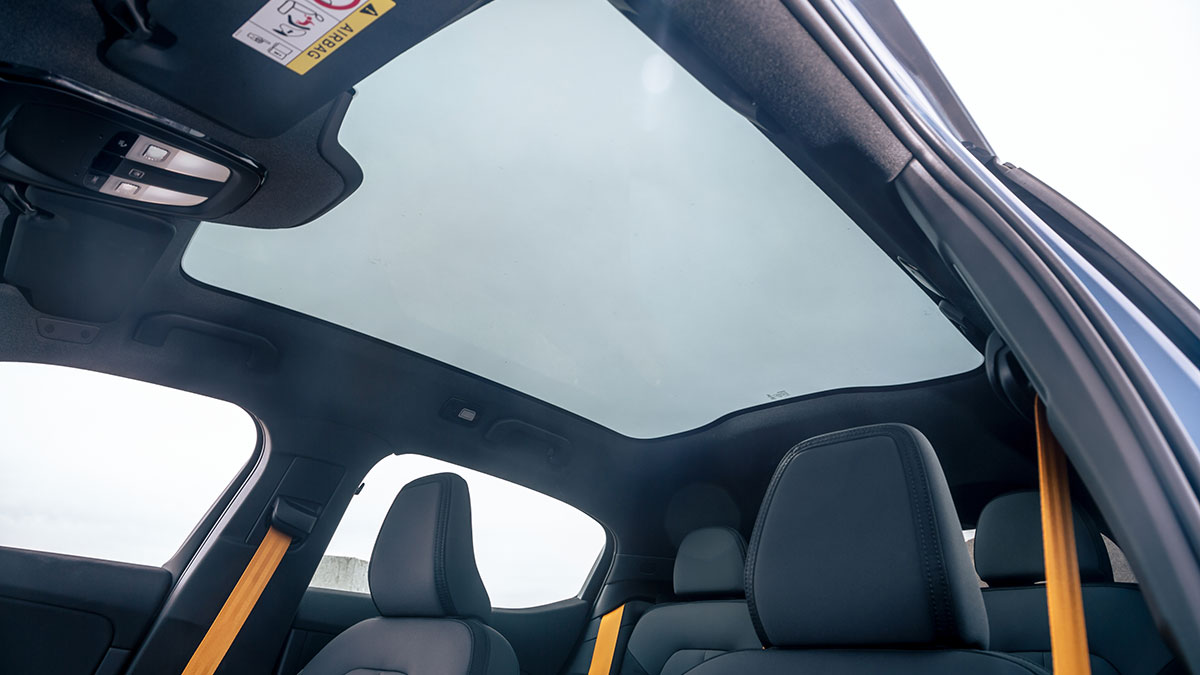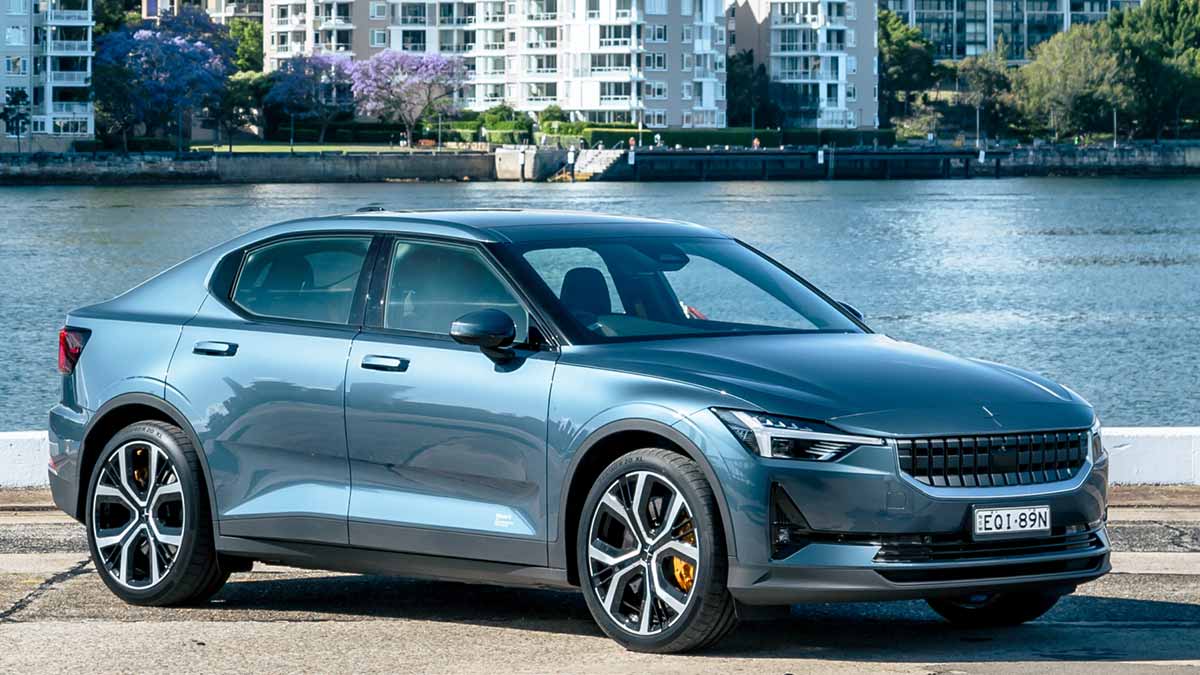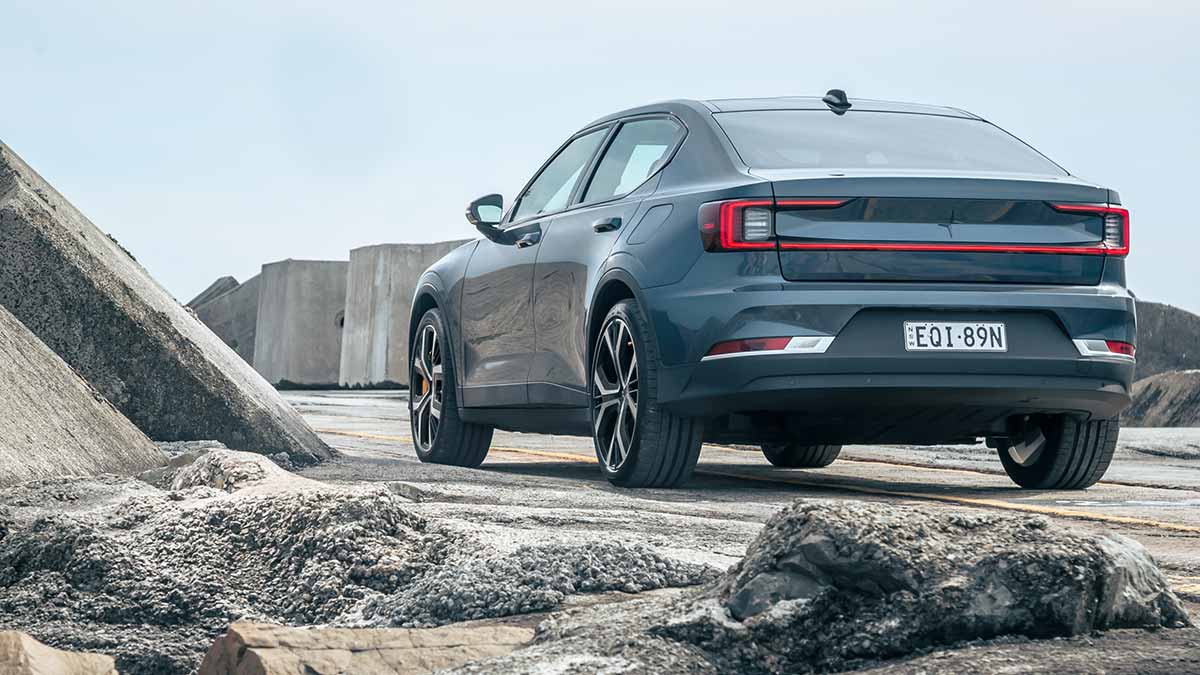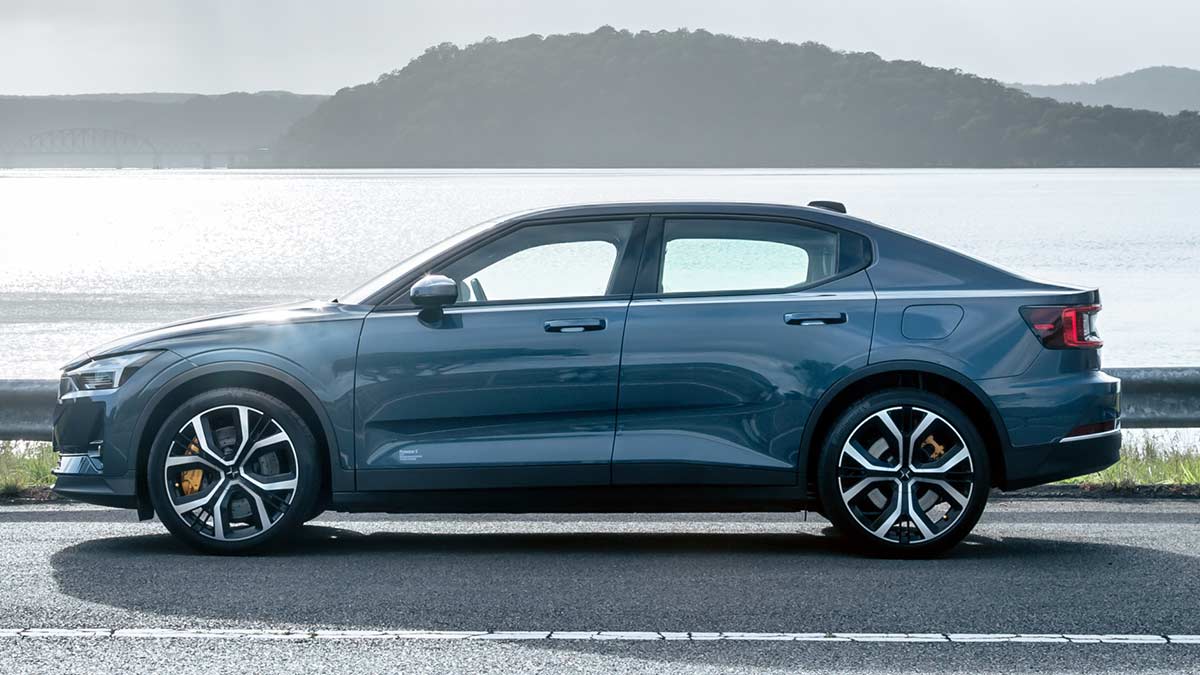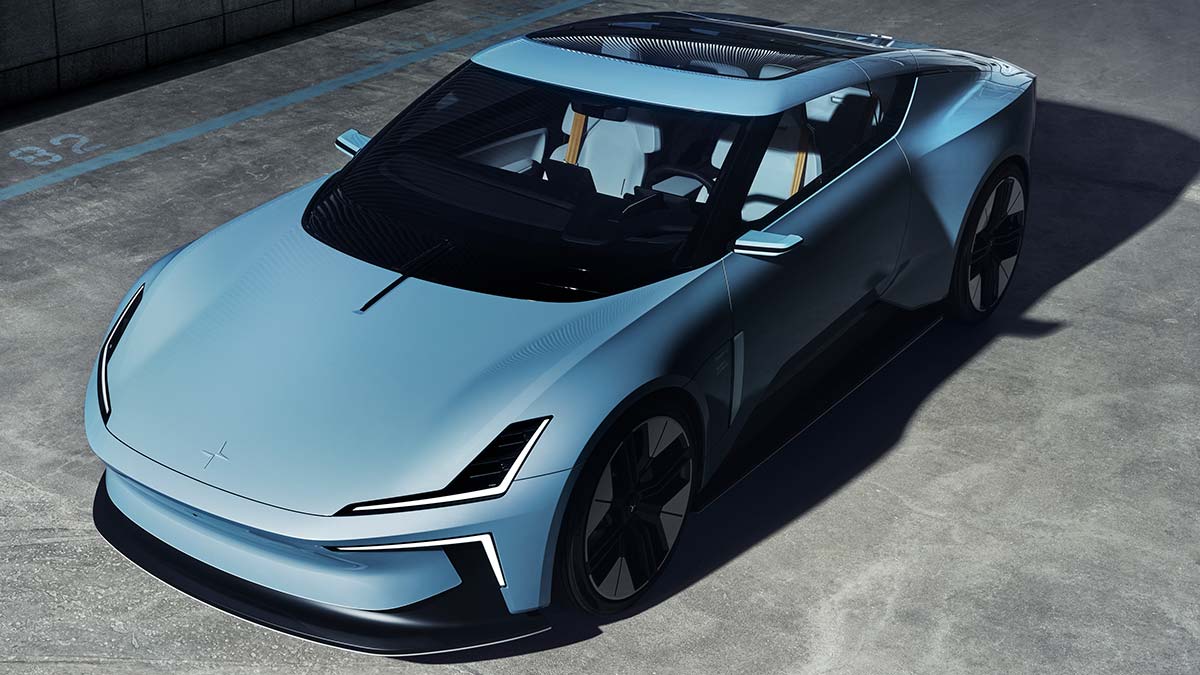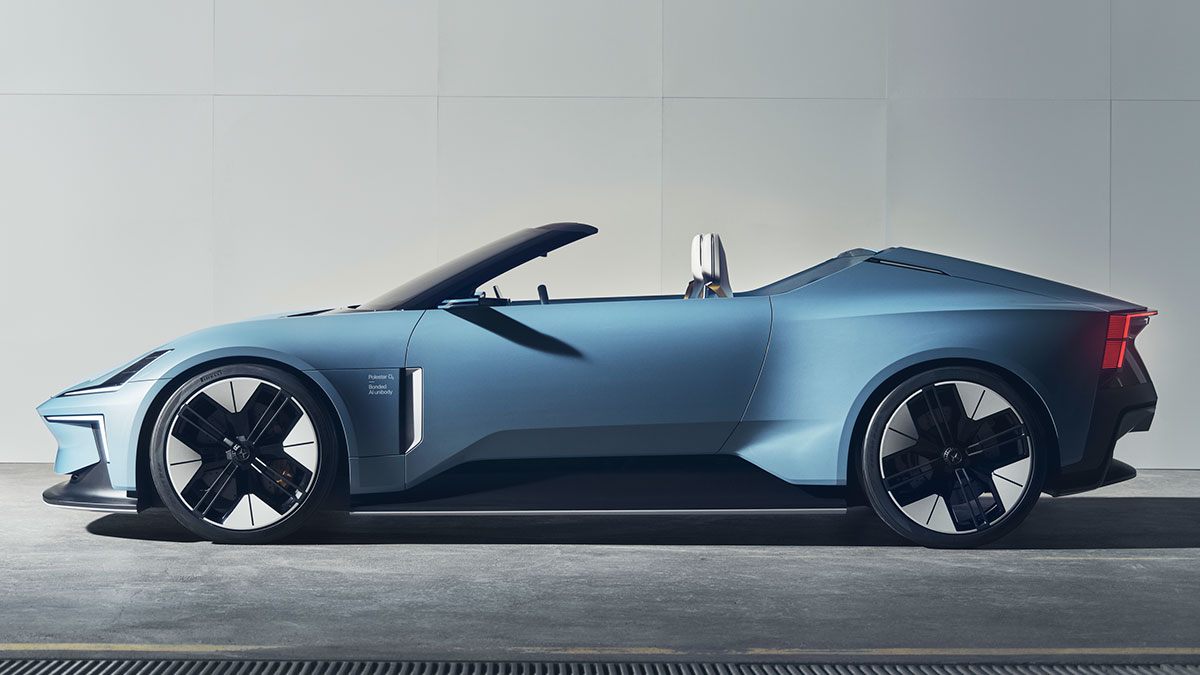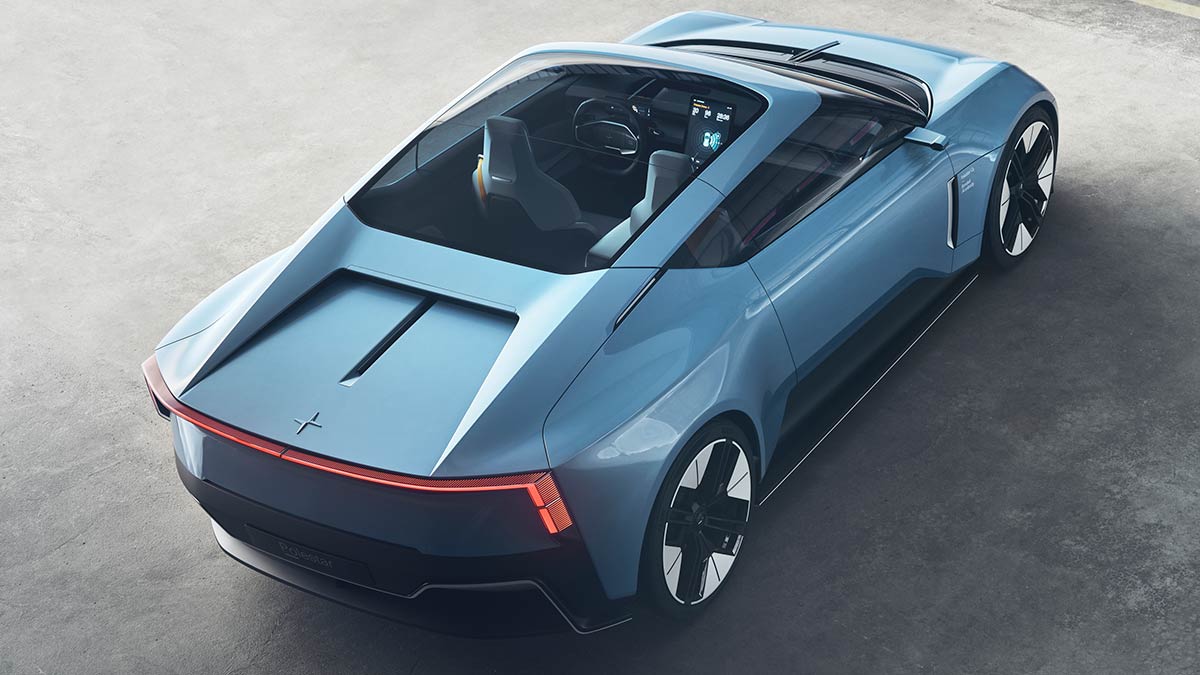The ninth-generation Toyota HiLux has arrived, bringing with it a futuristic forward exterior design, more safety and tech and the same rugged capability owners love. Will the updates tempt private buyers away from the Ford Ranger or are they just enough to keep fleets onside?
2022 Polestar 2 road test review

The Polestar 2 electric vehicle joins the queue with the Kia EV6 and Hyundai Ioniq 5 to try and make inroads on Tesla’s Model 3.
Polestar is the latest player in the Australian electric vehicle market. The brand was historically Volvo’s performance off-shoot and is now aiming to stand on its own as a dedicated EV maker.
Given the accelerating shift towards electric vehicles in Australia, Polestar’s biggest problem will be securing supplies.
The brand’s point of difference is the styling. Only the Swedes can pull off sophisticated minimalism - coupled with pricing that closely aligns with its mainstream competitors.
On this page
- How much does the Polestar 2 cost?
- Is the Polestar 2 safe?
- What's the Polestar 2 like inside?
- What's under the Polestar 2's bonnet?
- How does the Polestar 2 drive?
- Should I buy one?
- Polestar eyes the road ahead
How much does the Polestar 2 cost?
The first allocation was sold out, so the prices listed are for the upcoming model 2023 vehicles. Like every other car company, Polestar has had to raise prices due to increased material costs.
The cheapest Polestar 2 is the standard-range, single-motor version priced at $63,900 before on-road costs.
Those with range anxiety can look at the long-range, single-motor car from $68,400. The long-range, dual motor variant tops the sheet at $73,400.
In comparison, the Tesla Model 3 costs $60,900 for the single motor version or $73,200 for the all-wheel-drive variant.
A Kia EV6 is $67,990 for the rear-wheel-drive Air variant, rising to $82,990 for the AWD GT-Line version and Hyundai’s Ioniq 5 ranges from $71,900 to $75,900.
The upside for Polestar 2 buyers is the free annual servicing for the duration of the five-year warranty. The battery is covered by an eight-year, 160,000km warranty guaranteeing the charge will stay at 70 per cent.
A $5000 “Pilot Pack” bundles adaptive cruise control, blind-spot assistance, rear cross-traffic assist, smart LED headlamps, a surround-view camera and a pilot assist feature that helps keep the car centred in its lane.
Given Polestar’s heritage, it should be standard.
The “Plus Pack” packs $6000 on the price and includes a 13-speaker sound system, vegan upholstery, fully electric front seats, heated rear seats, windscreen wiper nozzles and steering wheel, a heat pump, wireless phone charging, ambient lighting and a panoramic sunroof.
Then there’s an $8000 “Performance Pack” that brings gold-calipered Brembo brakes, yellow seatbelts, upgrades the wheels from 19 to 20-inches in diameter and has adjustable Ohlins dampers.
Is the Polestar 2 safe?
As an offshoot of Volvo, Polestar prides itself on its safety credentials. ANCAP rates all variants of the Polestar 2 as five-star cars.
Adult occupant protection was 92 per cent, child occupant protection came in at 87 per cent, vulnerable road user protection as 80 per cent and safety assist features were deemed to be 82 per cent.
It is worth noting some of the safety features that are standard on cheaper cars are an option on the Polestar 2.
Default gear includes eight airbags, traffic sign recognition, autonomous emergency braking with pedestrian and cyclist detection, front and rear parking sensors and a reversing camera.
What’s the Polestar 2 like inside
Standard equipment across all three versions includes an 11.2-inch infotainment touchscreen that boasts class-leading resolution, an eight-speaker sound system, heated front seats, dual-zone climate control, LED headlamps and a Polestar digital key, which allows phone-operated locking and unlocking of the vehicle.
Settle in the low-slung front seats and the dash seems very high, leading to a visor-like look out of the front of the vehicle. The perception of narrow windows extends to the front side screens, but visibility is still good and occupants quickly acclimatise to the look.
The interior quality is a highlight. The materials are well considered and put together, the touchpoints are pleasantly tactile and the seats are supportive.
Space in the back isn’t as commodious, with the tall and wide transmission tunnel limiting space to two adults.
The tunnel is part of the Polestar 2’s legacy heritage as being based on an internal combustion engine platform, though in this case it houses the battery pack.
Boot space is an average 405 litres, but the hatch-styled tail ensures it opens to easily take wide loads.
One of the few criticisms levelled at the Polestar 2 was that the glass sunroof can’t be covered. Polestar listened and the MY23 cars optioned with a sunroof will also have a removable sunshade. While it isn’t a retractable unit, it is a vast improvement on no sunshade. Existing Polestar 2 owners can buy one from the Polestar Extras website.
What’s under the Polestar 2’s bonnet?
There’re 30 litres of storage space under the bonnet, along with a tyre repair kit. That space is enough to accommodate charging cables but little else, again a hallmark of the platform’s ICE origins.
The motors, meanwhile, are housed on the front or front and rear axle, depending on variant.
In single-motor guise, there’s a 170kW/330Nm output that is good for a claimed combined 470km range, according to the WLTP standard. Given that Polestar only recommends charging the battery to 90 per cent and allowing for the fact most owners won’t let the battery get under 10 per cent, that translates to 320-370km of real world use.
The long-range variant extends the claimed range to 540km by upping the battery pack from 69kWh to 78kWh. Expect real-world driving of around 390-440km.
The dual-motor version retains the 78kWh battery, but the two motors generate a combined 300kW/660Nm, which pulls the claimed combined range down to 480km.
How does the Polestar 2 drive?
There’s a sense of disconnect between the steering wheel and the tyres in the Polestar 2. The car steers with pin-point precision but there is very little feedback from the tiller telling you what’s happening where the tyres rub the road.
For once, it doesn’t much matter. The Polestar 2’s inherent grip and software settings ensure it’s all-but impossible to provoke the tyres into spinning while the wheels are pointing in a straight line. That applies to the single and dual-motor versions.
Given the Polestar 2, like all electric vehicles, delivers peak torque from standstill, that’s some clever engineering.
Deliberately antagonising the Polestar by flooring the throttle at low speed with the wheels at an angle will elicit understeer, but it requires an intentional effort.
Single-motor vehicles are reasonably quick at 7.4 seconds to 100km/h. That’s not Model 3 territory, but it is fast enough to beat pretty much all the conventional cars around you.
Slide behind the wheel of the dual-motor Polestar 2 and the pace picks up. Acceleration is 4.7 seconds to 100km/h.
The Brembo brakes fitted to our test car as part of the Performance Pack retarded acceleration at a phenomenal rate yet are redundant in 99 per cent of situations because deceleration from the motor’s brake energy recuperation feature can be adjusted to all but eliminate the need for physical braking.
A low centre of gravity means corners can be dispatched at pace despite the 2000kg mass of the car and the Polestar 2 does it without any body-rolling for fore-and-aft pitching theatrics.
Should I buy one?
The choice between a Polestar 2 or Tesla Model 3 will come down to personal preference about the styling and perceived quality. The Polestar 2 isn’t as quick as the Tesla but is quick enough that most prospective owners won’t really feel the difference or care if they can.
What the Polestar 2 does showcase is the increased competition in the electric car market and that can only be a good thing for customers.
All the company needs to do now is fit that extra safety gear as standard.
Polestar eyes the road ahead
The future looks bright for the Swedish car maker. With decent funding from parent Chinese company Geely, Polestar has another two production vehicles in the pipeline, along with some stand-out concepts pointing at its future direction.
The Polestar 3 large SUV will arrive in Australia next year and is expected to be the company’s top-selling version, purely because of our obsession with high-riding wagons.
It will be followed in 2024 or 2025 by the Polestar 5 grand touring sedan, which will be the first Polestar vehicle to sit on a dedicated EV chassis.
The Polestar 5 is closely related to the Precept concept the company showed in 2020, giving convertible buyers hope the recently-revealed O2 concept hatch will evolve into a production car in the near future.
The 02 sits on the same chassis as the Polestar 5 but is presented as a two-door hardtop roadster, with the tagline “no roof, no noise, no fumes”.
The information provided is general advice only. Before making any decisions please consider your own circumstances and the Product Disclosure Statement and Target Market Determinations. For copies, visit racv.com.au. As distributor, RACV Insurance Services Pty Ltd AFS Licence No. 230039 receives commission for each policy sold or renewed. Product(s) issued by Insurance Manufacturers of Australia ABN 93 004 208 084 AFS Licence No. 227678.
